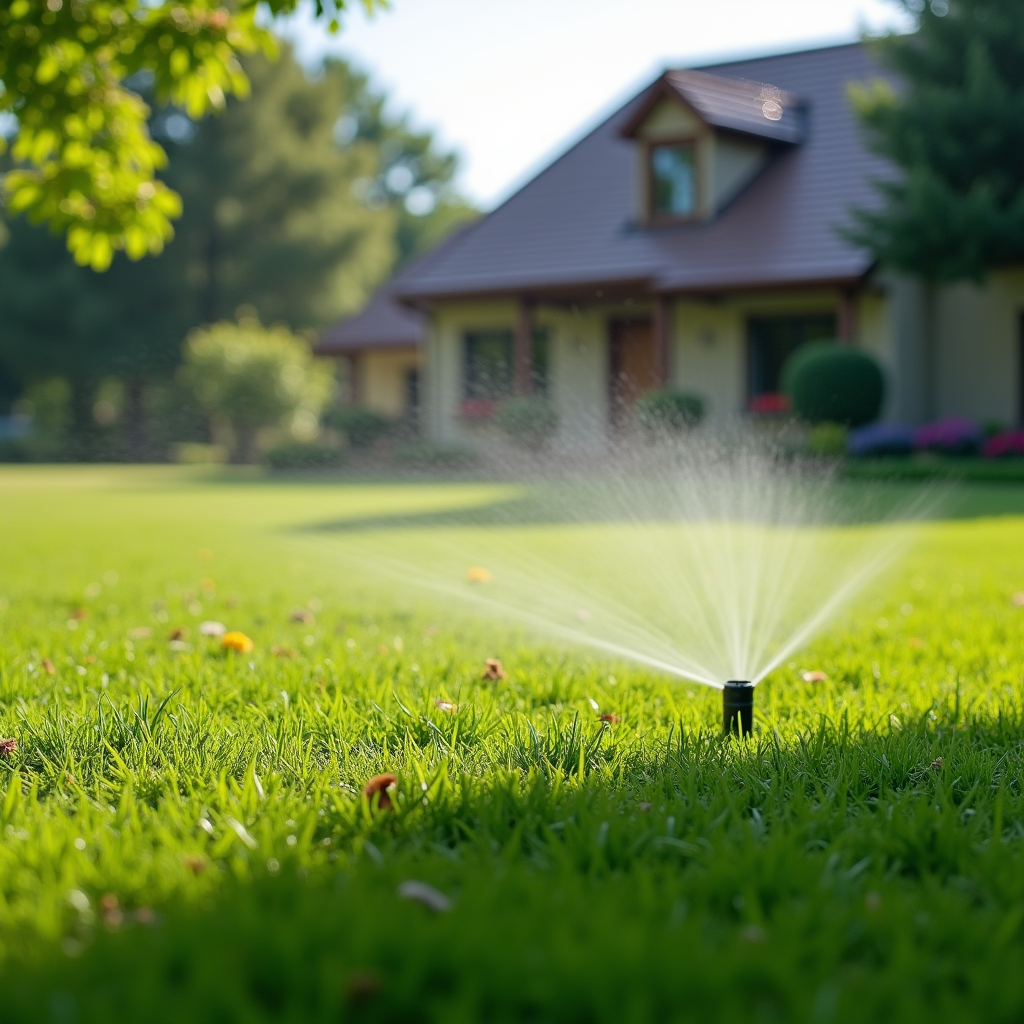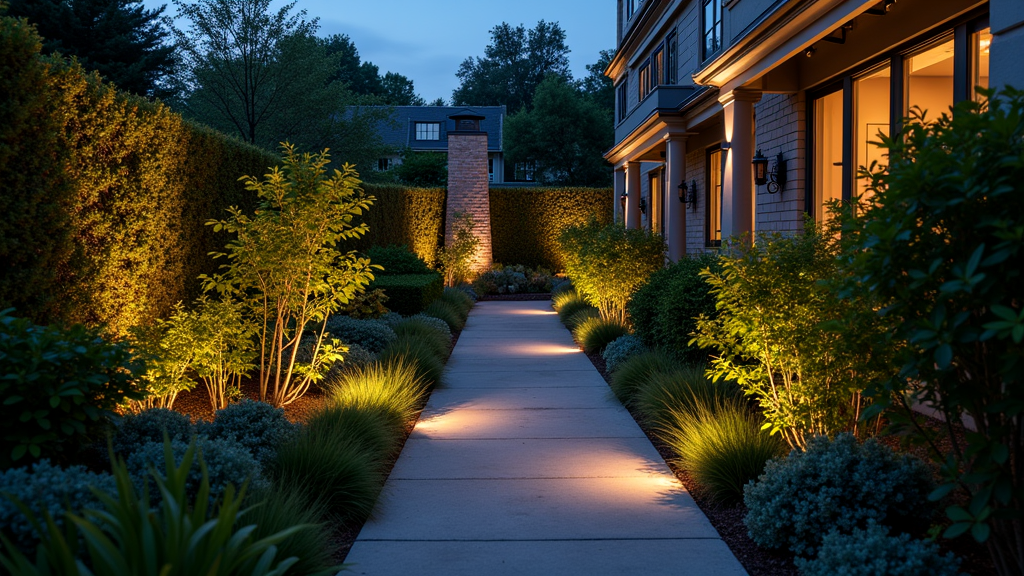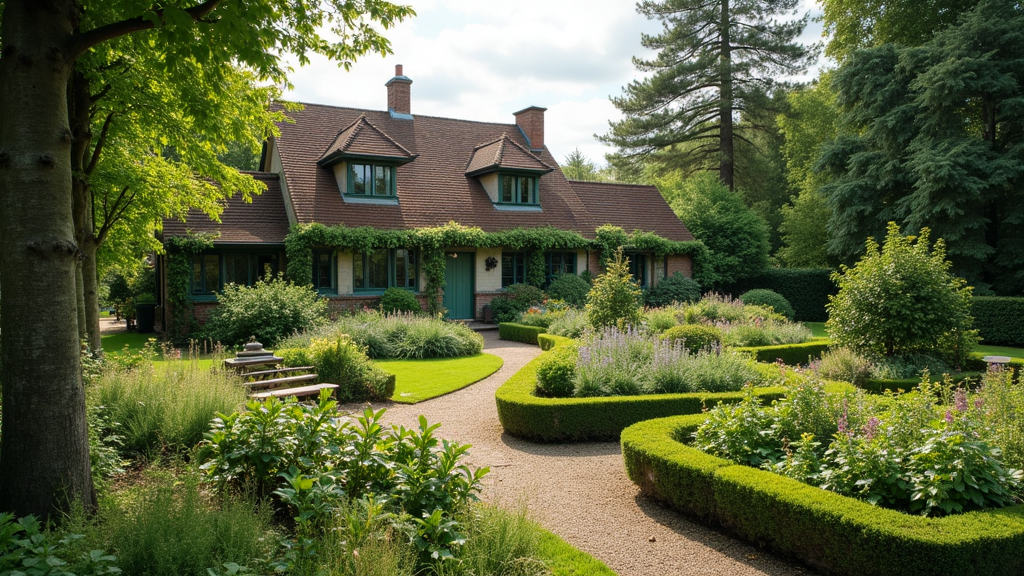Gardening is not just about growing plants; it’s about creating an ecosystem that thrives and flourishes in harmony with nature. In North Carolina, where biodiversity is rich and the landscapes are diverse, you have a golden opportunity to transform your garden into a wildlife-friendly haven. This article delves deep into the art of landscape design specifically tailored for North Carolina, offering practical tips and insights to create a garden that welcomes wildlife while enhancing your outdoor space.
Understanding the Importance of Wildlife-Friendly Gardens
Why Create a Wildlife-Friendly Garden?
Creating a wildlife-friendly garden is not only beneficial for the environment, but it can also enrich your life. The presence of birds, butterflies, bees, and other creatures brings beauty and vibrancy to your outdoor space. Besides that:
- Biodiversity: Supporting various species contributes to ecological balance. Pollination: Attracting pollinators enhances plant health and productivity. Pest Control: Natural predators can help manage pest populations effectively.
So why wouldn’t you want to foster such an environment?
Benefits of Landscape Design in North Carolina
North Carolina boasts diverse ecosystems ranging from coastal plains to mountainous regions. Understanding the unique characteristics of these areas allows you to tailor your landscape design for optimal benefits:
Native Flora: Utilizing native plants means they are adapted to local conditions which results in less maintenance. Climate Resilience: Plants suited for local climates are more likely to thrive with less irrigation and care. Wildlife Habitats: Native species provide food and shelter to local wildlife.Getting Started with Your Wildlife-Friendly Garden
Assessing Your Space
Before diving into planting, take a moment to assess your available space:

- Sunlight Exposure: Determine how much sunlight different areas receive throughout the day. Soil Type: Test your soil’s pH and nutrient levels; this will guide plant selection. Water Availability: Consider how water drains in different sections—some plants thrive in wet areas while others prefer drier conditions.
Designing with Purpose
When planning your garden layout, keep these key principles in mind:
Layered Planting: Incorporate layers with tall trees, medium shrubs, and low-growing ground covers. Diversity: Mix various plant types (flowers, grasses, shrubs) to attract diverse wildlife. Water Features: Adding ponds or birdbaths can be enticing for creatures seeking hydration.Selecting the Right Plants for Wildlife
Native Plants That Thrive in NC
Filling your garden with native plants is crucial for attracting local wildlife. Here are some excellent choices:
| Plant Name | Type | Wildlife Attraction | |----------------------|-------------------|---------------------| | Eastern Redbud | Tree | Birds & Pollinators | | Black-eyed Susan | Flower | Butterflies | | Coral Honeysuckle | Vine | Hummingbirds | | Switchgrass | Grass | Nesting Birds |
These plants not only provide sustenance but also create habitats.
Flowering Plants That Attract Pollinators
Consider incorporating flowering plants that bloom at different times throughout the year:
- Spring Flowers (e.g., Wild Bluebell) Summer Blooms (e.g., Coneflower) Fall Favorites (e.g., Goldenrod)
This staggered blooming schedule ensures continuous food sources for pollinators like bees and butterflies.
Creating Shelter for Wildlife
Providing Natural Habitat Structures
Incorporating natural elements into your landscape design https://privatebin.net/?1693787f7a1594fe#ARbZP8boVotXkWhgLRg9v8LBD8aTaXJYxSk4uRRdjSBD can offer much-needed shelter:
Brush Piles: Create small piles of branches or leaves; these provide homes for small mammals and insects. Rock Gardens: Use rocks of varying sizes to create hiding spots for reptiles and small mammals. Nesting Boxes: Install birdhouses or bat boxes at varying heights throughout your garden.Utilizing Water Sources Wisely
Water features can be both functional and aesthetic:

- Ponds encourage frogs and dragonflies. Bird baths provide critical resources during dry spells.
Ensure that any water source is clean and accessible without steep edges so all creatures can benefit.
Sustainable Practices in Landscape Design
Organic Gardening Techniques
Choosing organic practices helps maintain ecological balance without harmful chemicals:
Use compost instead of synthetic fertilizers; this enriches soil health naturally. Introduce beneficial insects like ladybugs to control pests without pesticides.Conserving Water Efficiently
Implement water-saving strategies such as:
- Drip irrigation systems that deliver moisture directly to plant roots. Rain barrels that collect runoff from roofs.
These methods not only conserve water but also reduce utility bills!
Maintaining Your Wildlife-Friendly Garden
Regular Care vs. Letting Nature Take Its Course
While it’s important to maintain your garden, let nature do its thing sometimes! Here's how you can find balance: 1. Set aside areas where native wildflowers can grow unbothered—this encourages natural pollinators! 2. Schedule seasonal pruning instead of constant clipping—wildlife benefits from shelter provided by untrimmed shrubs during winter months!
Monitoring Health & Balance
Keep an eye on plant health:

- Watch out for invasive species that could disrupt your ecosystem—early intervention is key! Check soil moisture levels regularly—healthy gardens often need less watering once established!
Creating Paths & Edges That Benefit Wildlife
Design paths using permeable materials like gravel or mulch—this lets rainwater soak into the ground rather than run off! Edging with native grasses creates natural borders while providing habitat too!
Incorporating Educational Elements
Make learning fun! Add signage around certain plants indicating their importance within ecosystems—it engages children & adults alike!
Encouraging Community Engagement
Invite neighbors over for workshops on creating similar spaces! Sharing knowledge fosters community bonds while spreading awareness about sustainable practices together!
Common Mistakes When Designing A Wildlife-Friendly Garden
Avoid pitfalls such as:
- Overplanting non-native species Neglecting seasonal blooms Forgetting about maintenance needs
Take time upfront planning wisely—it pays off down the road!
Frequently Asked Questions About Creating a Wildlife-Friendly Garden in NC
What kinds of animals will visit my garden?- Birds, butterflies, bees, squirrels… even deer may come calling!
- Once established properly expect minimal upkeep compared traditional gardens!
- Absolutely! Just choose varieties known to attract pollinators too!
- Train them early; keeping pets supervised minimizes their impact on wildlife interactions!
- Opt instead towards organic options—they’re safer for surrounding creatures!
- Patience pays off! With proper care expect visible changes within one growing season!
Conclusion
In conclusion, creating a wildlife-friendly garden isn't merely about aesthetics; it's an endeavor infused with purpose that echoes through our ecosystems here in North Carolina—and beyond! By embracing sustainable practices alongside thoughtful landscape design tailored explicitly towards local flora & fauna we cultivate spaces filled joy & wonderment every day! So roll up those sleeves; let’s get gardening together because every little change counts towards building healthier environments both now—and future generations ahead!
This article provides an extensive resource on creating a wildlife-friendly garden tailored specifically for North Carolina's unique landscape challenges while fostering biodiversity through intentional design choices—a perfect guide whether you're just starting out or looking to improve existing gardens alike!